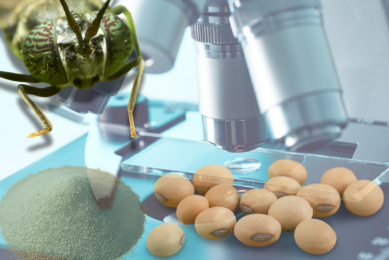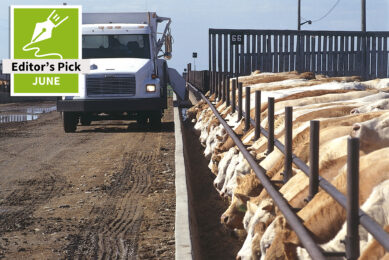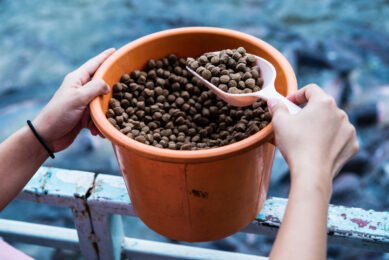Duckweed production for feed ramps up
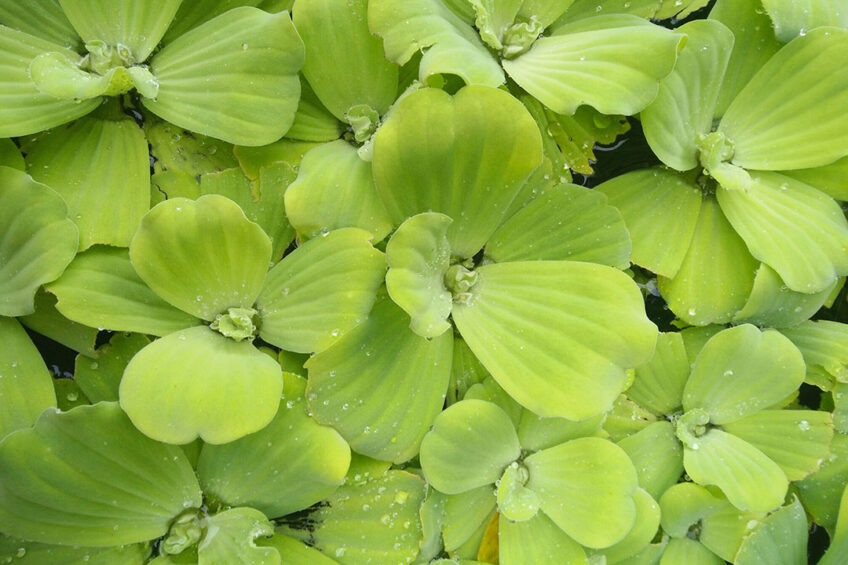
Here we take a deeper look at duckweed research and breeding updates, as well as a look at its inclusion in fish feed.
Local, sustainable and innovative – these words aptly describe duckweed production for feed on pig, cattle and chicken farms using nutrients from a constant supply of manure.
But while on-farm duckweed production is not happening quite yet, research into all aspects of cultivation are underway in Europe and the USA, with a breeding project also starting in the USA.
There are many questions about how duckweed is best incorporated into the diets of pigs, dairy or beef cattle, chickens and fish (noting however, that duckweed has already been fed to cattle, chicken, fish, sheep and waterfowl in some parts of the world for hundreds of years). Feeding fresh lemna to animals on the farm seems most economical (no electricity or fuel for processing is required, and the least handling) but how fresh versus a dried or pelleted form would affect growth rate and other aspects of livestock animals is still to be determined.
Still, there is much optimism about duckweed as a feed source. Scientists based in Korea have noted that, because of their protein content, these plants “could replace soybean meal and are expected to be used as a substitute” in future.
Lemna cultivation on pig and dairy farms is of particular interest, as liquid manure is readily available in large amounts, stored in lagoons. For years, there have been serious concerns about managing pig and dairy manure volumes in Canada and the USA, with application on crop fields restricted in some areas to prevent excess soil nutrient levels (and run-off problems in local waterways).
Indeed, Dr Ryan Sartor at North Carolina State University in the USA envisions duckweed being grown in shallow ponds near pig manure lagoons or in other types of arrangements on farms. Sartor has just begun laying the groundwork for improving breeding of duckweed for animal feed. He believes that the overall yield as well as the current protein and starch levels can all be increased through selective breeding, and he’s starting to analyse various duckweed species.
A group at a private research facility in Spain called AINIA is examining several European lemna species for both feed and food applications. “We are working to determine the best light and nutrient levels for cultivation at lab and pilot scale,” says Dr Alfredo Rodrigo, a senior scientist at AINIA.
LIFE LEMNA Project
Rodrigo and his colleagues took part in the LIFE LEMNA Project several years ago, which was based in Spain, supported by the EU government and focused on duckweed cultivation on pig farms. In this project, the team refined plant growing methods and created an electronic tool that was made available to farmers to calculate the economic feasibility of using pig slurry to cultivate duckweed in different scenarios. Rodrigo says the tool has been used by more than 50 farmers and is still available.
Cattle studies
Researchers at Aberystwyth University in Wales and University College Cork in Ireland are currently examining duckweed cultivation on beef and dairy farms. They note that growing lemna can reduce farmers’ reliance on importing protein-rich soy, and that “duckweeds can make slurry a valuable resource,” especially as they are so fast-growing and are tolerant of ammonium, which is found in substantial amounts in cow manure.
In California, a project focused on growing duckweed using dairy manure is just starting, supported by a grant from the state’s agriculture department.
A company called FYTO will install a commercial-scale, automated production system at Fiscalini Farmstead to grow lemna using nutrients from both the farm’s manure lagoon and anaerobic digester. FYTO and other entities will jointly validate the environmental impact, economic feasibility and the performance results from feeding the cattle duckweed as part of their diet. Some results may be expected in 2025, according to a spokesperson at the California Department of Food & Agriculture.
FYTO will employ its large-scale, patented duckweed cultivation system, which features automated growing condition controls and harvesting machinery.
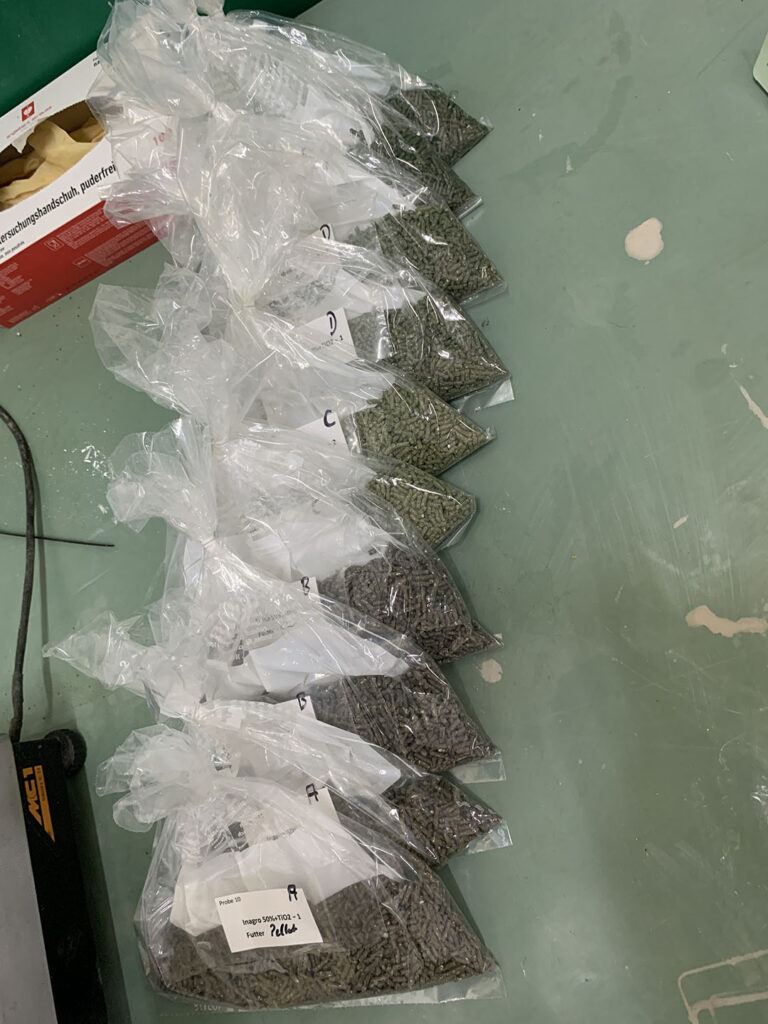
Pig and chicken manure studies
Research into duckweed cultivation on pig farms also continues in Belgium by a group of scientists at Ghent University and the Provincial Research and Advice Centre for Agriculture and Horticulture (Inagro vzw). They published a study several years ago examining absorption by lemna plants of nutrients from pig mature, optimal plant growing conditions, plant nutrient levels and more. To do the research, Dr Reindert Devlamynck and his colleagues built three identical pilot-scale growing systems.
The team concluded that duckweed has the potential to be used to treat pig manure wastewater while producing a mineral and protein-rich feed ingredient (protein content of 35% dry weight). However, they also found that while pig manure contains enough micronutrients such as iron for duckweed plants, it did not contain enough copper.
The team has now validated these results but they have not yet been published. “We are also submitting a manuscript (with colleague Johannes Demann from Hochschule Osnabrueck in Germany) on chicken feed containing duckweed grown in different conditions,” says Devlamynck, “and have found interesting correlations.”
Inclusion in aquafeed
In January 2024, scientists from The Salk Institute for Biological Studies in California published a review of 58 studies examining the use of lemna in aquaculture. Across all these studies, duckweed was fed to a total of 18 fish species (mostly freshwater) through fish grazing directly on the plants, but also feeding duckweed to fish in dried and pelleted forms. A rate of 20% inclusion in the diet was the most common, and the most common species were Lemna minor and L. gibba. Spirodela polyrhiza was also researched.
The scientists conclude that “duckweed inclusion levels between 15% and 30% were associated with positive outcomes in terms of fish growth and feed conversion ratio without any negative impact on survival rates.”





